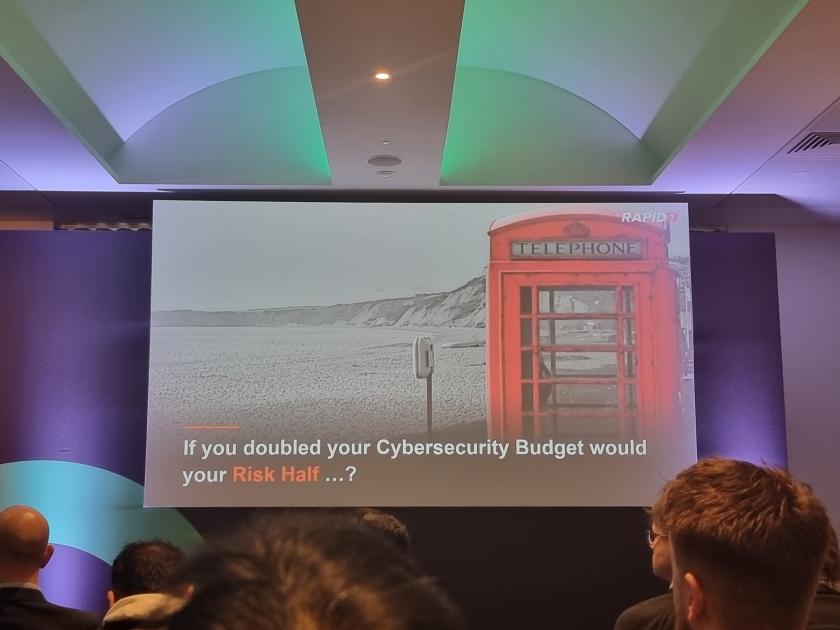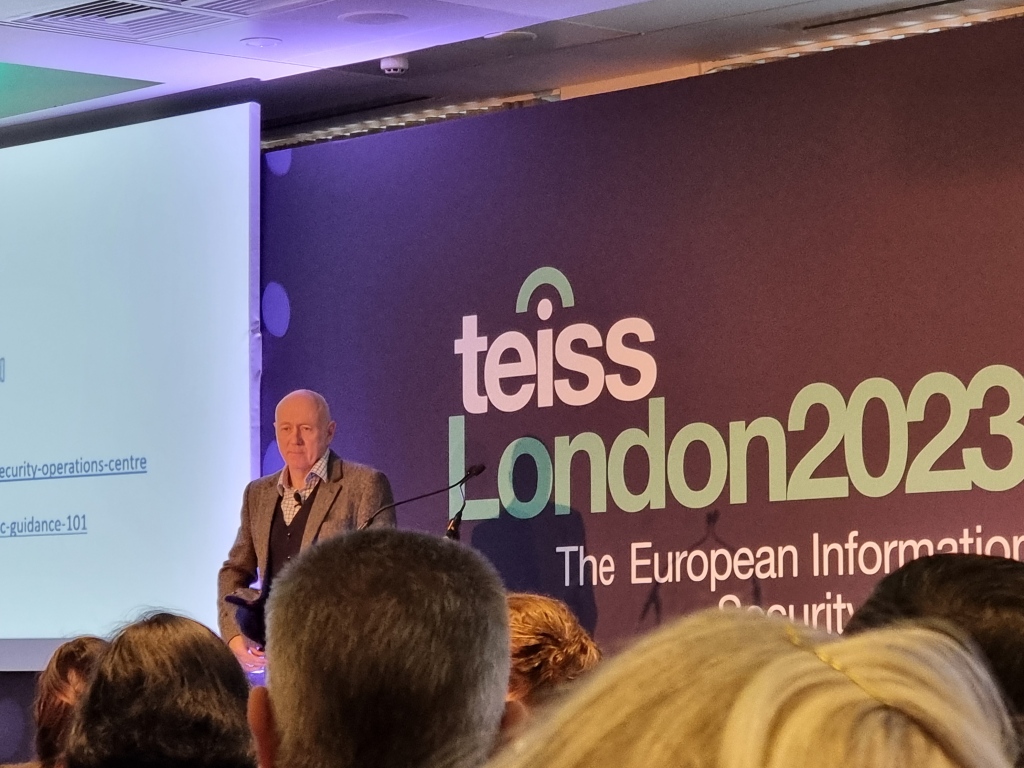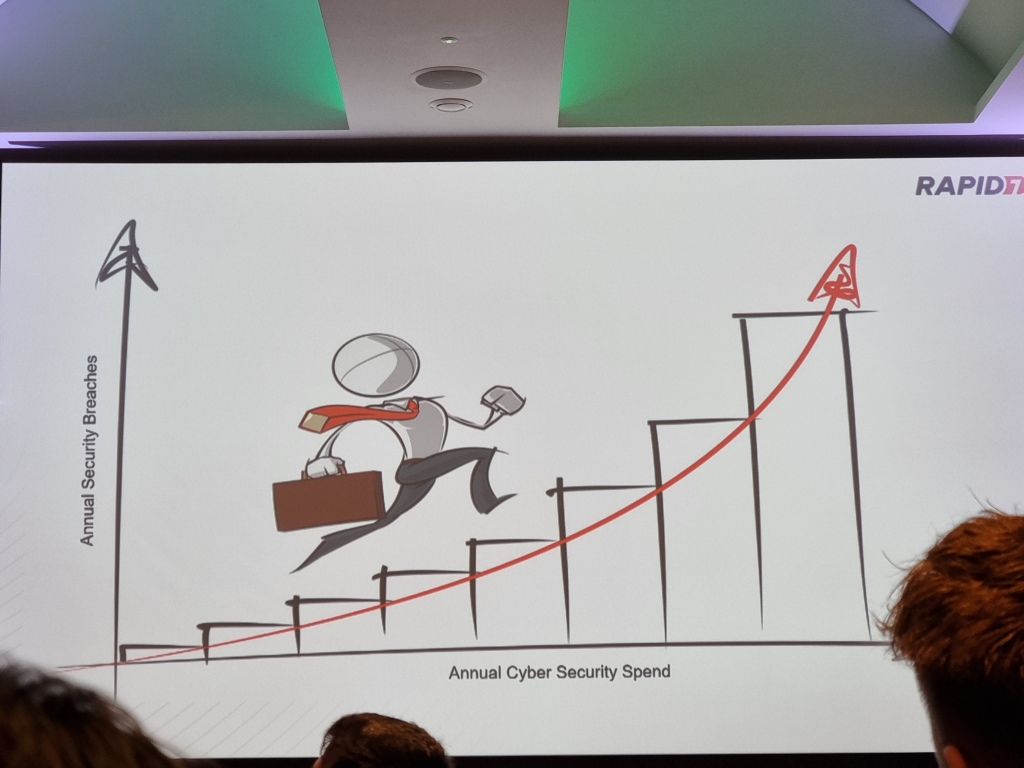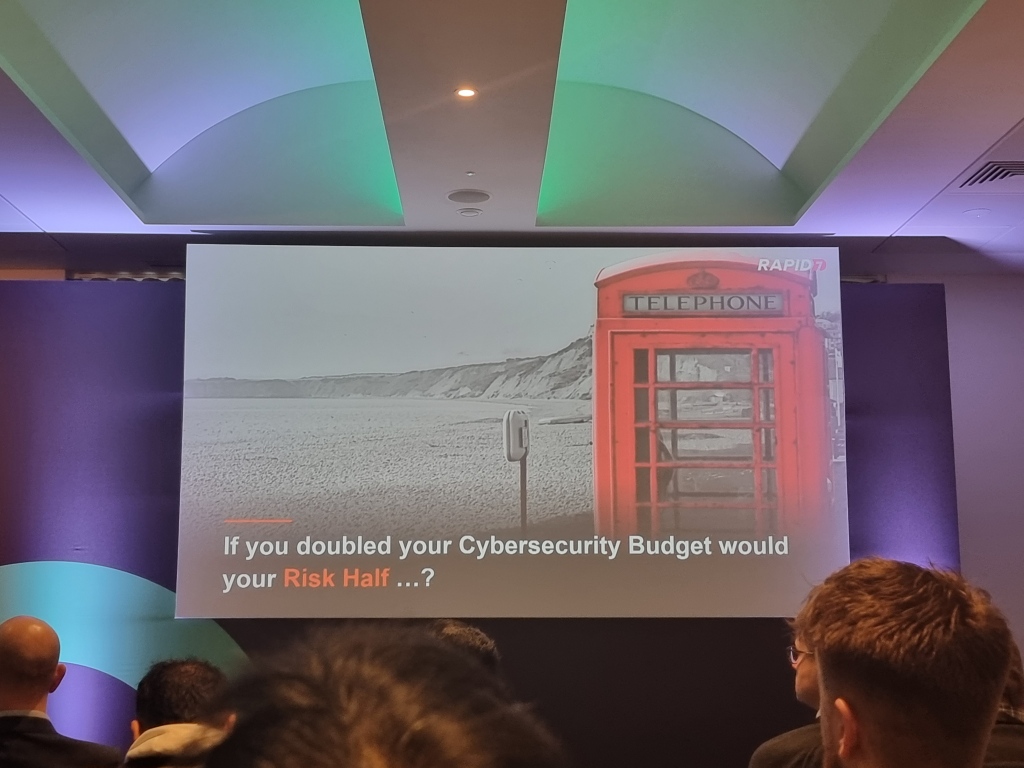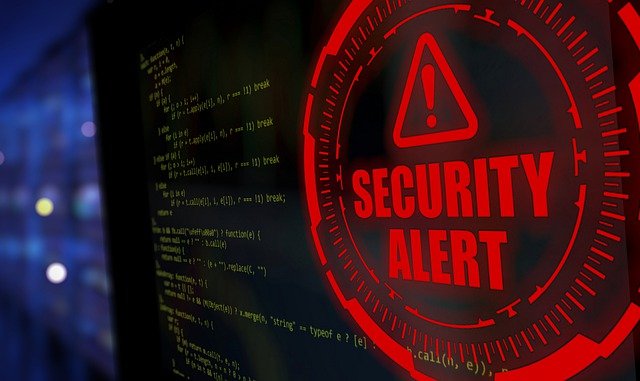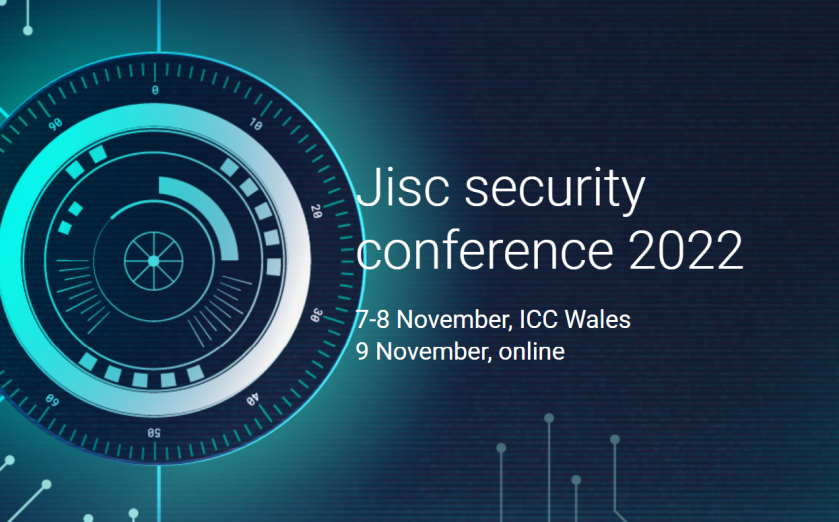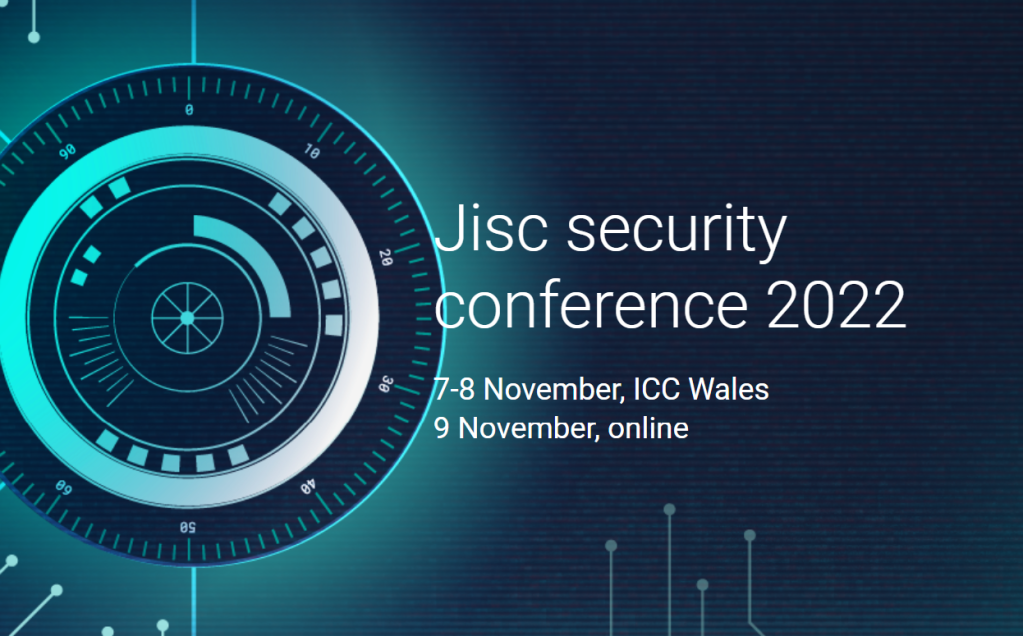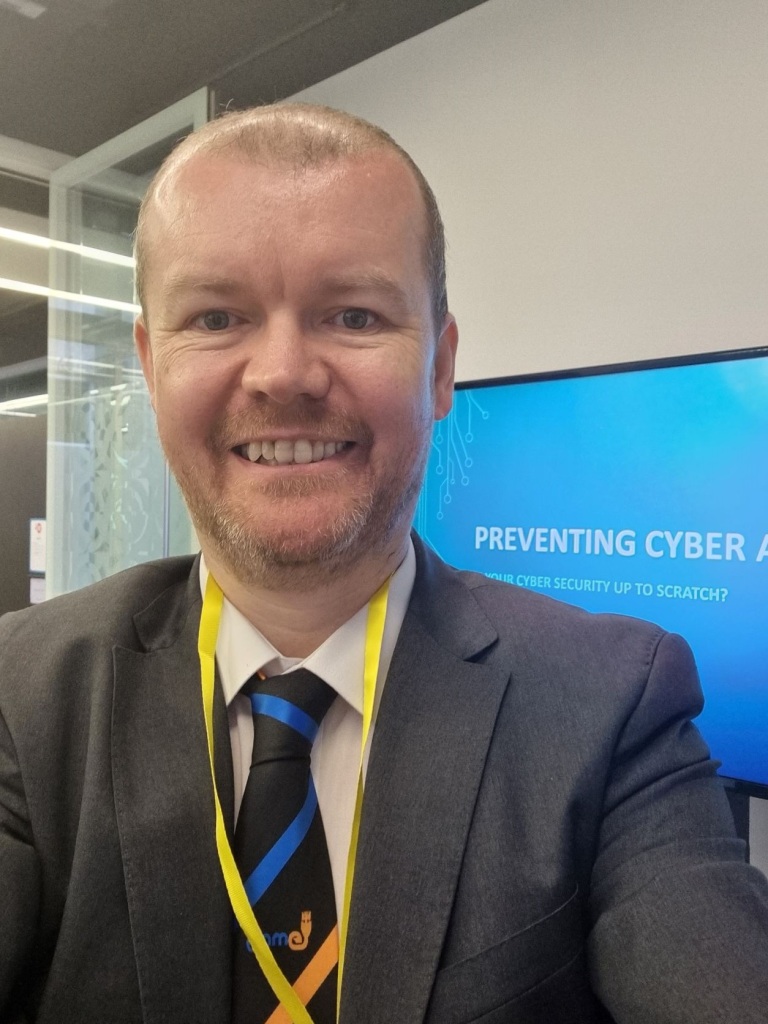
Looking at news reports or alerts in relation to cyber incidents in schools they often refer to “sophisticated” attacks. This got me wondering about what a sophisticated attack, rather than a simple attack, might look like. Are the attacks quite as sophisticated as is suggested?
I decided to make use of AI and ChatGPT for its view on what might represent a sophisticated attack and it suggested the below:
Advanced Persistent Threat (APT) attacks – These are long-term targeted attacks that involve a high degree of planning and coordination, often carried out by state-sponsored actors or well-funded criminal organizations.
Zero-day exploits – These are attacks that target previously unknown vulnerabilities in software or hardware, which can allow attackers to bypass security measures and gain unauthorized access to systems.
Social engineering attacks – These attacks involve the use of psychological manipulation to trick users into divulging sensitive information or performing actions that could compromise security.
Ransomware attacks – These are attacks that involve the use of malware to encrypt data and demand payment in exchange for the decryption key, often targeting critical systems such as hospitals or government agencies.
Distributed Denial of Service (DDoS) attacks – These attacks involve overwhelming a target system with a flood of traffic from multiple sources, effectively rendering it unusable.
Considering the above I would suggest the APT attack is likely to be very sophisticated being largely nation state in nature, however these types of attacks are more likely to be targeted against national infrastructure, key research, government offices, etc rather than schools. I would suggest the creation of zero-day exploits is also very sophisticated in experimenting and identifying the exploit in the first place, however once exploits are shared it is not so clear. Some exploits are likely to be sophisticated and require significant work and expertise however other exploits may be much simpler in nature and therefore require little more than the shared instructions in relation to exploiting the identified vulnerability.
Social engineering attacks are likely the most common impacting schools and like the discussion above in relation to zero-day exploits, some social engineering attacks may simply involve a phishing email whereas others may involve more sophisticated recon and intelligence gathering, followed by creation of cloned websites and a spoofed email. As such the level of sophistication can vary.
In terms of ransomware again the level of sophistication might be varied with some ransomware simply encrypting the data it can get to, while others might exfiltrate data or seek out and encrypt backups. The is also the issue of how the ransomware gets delivered, whether this might be via social engineering attack or a zero-day exploit, with the delivery method also having variable sophistication. And the same can be said for DDoS, in terms of the number of hosts leveraged in the attack, how the hosts were compromised and controlled, etc, meaning sophistication can be varied.
From the above is seems clear that the different attack methods each have a variable level of sophistication possible, plus also that a single attack might using multiple attack types such as a combination of social engineering leading to the ability to leverage a zero-day exploit and then deliver ransomware for example. So maybe the repots and warnings of “sophisticated” attacks may be justified.
But what if we look at the situation through a different lens and perspective. Let’s consider cyber attacks as less targeted and more of a general attack across a mass of organisations or schools. An attacker might start with a phishing emailing as I mentioned above, sending this out to a large number of organisations based on email addresses gathered from the dark web. The 2020 Phishing Benchmark Global Report suggested on average 13% of users would click on any phishing email, so this could lead to attempted credential compromise or delivery of malware. Defensive measures in place may protect some users here, such as through MFA, EDR, etc, so the actual successful compromise rate is less than the 13% of all users who received and fell for the email. Let’s assume 75% of the attempted compromises are blocked, so this leaves us roughly 4% of all recipients where credentials are compromised or malware delivered. At this point the cyber criminal is now focussed on this 4%. They might now check the permissions level of all the compromised accounts to see if they have got any admin accounts or look for those particular organisations which represent juicier targets, which I would suggest includes schools and colleges. They might also now try a Business Email Compromise (BEC) attack from the compromised accounts, seeking to try and get access to an admin account. The process could be iterative with each step relatively simple. A phishing emailing sent to many. An automated BEC attack from the accounts compromised in the first attack. A further BEC attack in the new accounts gained from this second attack, and on and on until admin credentials are compromised, and ransomware delivered for example, or until a interesting or high value target is identified among the compromised credentials.
Looking at the above the attack is a simple iteration but viewed from the point of view of the organisation who eventually suffers a ransomware infection it seems complex and “sophisticated”. The ransomware was installed and encrypted data, with this being the result of compromised admin credentials from a BEC attack, which in turn can be tracked back to another BEC attack and an originating phishing email. As a 4 step or more process it seems to be fair to consider it “sophisticated”. But consider that the attacker began with 100,000 targets, whittling this down with each successive step to the one or small number of eventual victims. At each step, where users were suspicious, where defensive measures were successful or where the organisation was simply lucky they manage to avoid the attack, but probability would suggest at least a few organisations would remain and become victims. With this view it may be possible to consider the attacks as less surgical and “sophisticated” and more brute-force and a matter of probability.
Conclusion
I suspect the description of “sophisticated” can be considered appropriate looking at the multiple steps which may have been involved however I think it wrongly gives an impression of the cyber skill and expertise level which was involved. Now I acknowledge in some cases the attacks will have been complex and involved high levels of skills, however I would suggest in most cases this isnt true; The attacks involved multiple simple attacks made against large number of organisations at once, iterating down to a small number of eventual victims through a process of elimination.
Another way to look at this situation is to consider how “sophisticated” may suit the narrative of leaders and marketing staff so it may be more about shaping the perception of the attack than an actual assessment of the attack itself. And thinking about it, maybe this is the truth of the matter; who is going to own up to being subject to a “simple” attack so maybe its no wonder that most, if not all, reported incidents are considered “sophisticated”. If this is true, then describing attacks as “sophisticated” in general press releases or alerts, although possibly appropriate to do, doesn’t actually tell anyone about the nature of the attack.
References:
2020 Phishing Benchmark Global Report (2020), Terranova Security & Microsoft.


